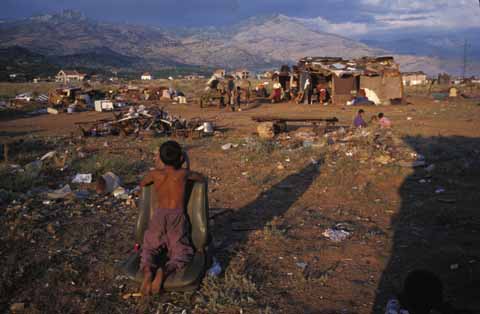In urban areas around the world there is a new sort of architecture emerging. It harkens back to the brutalist periods of decades gone by and simultaneously embraces the technology only recently uncovered in the internet age.
This new architectural style is called “Urban Wikitecture”, borrowing from the collaborative ideas in Wiki. Truly, this is architecture in its finest form. Where there is no budget for hulking, singular structures, citizens of Haiti, Mexico, India, and South Africa have embraced the new form that has taken the architectural world by storm.
What is more, these Urban Wikitecture societies have catapulted to the forefront of the global fight against climate change, utilizing landfill space, otherwise unusable lots, recycled materials, and smaller building footprints to do their part to keep their communities carbon neutral.
In what I am convinced is the quietest architectural revolution in recorded history, millions are now participating in Wikitecture and millions more are waiting in line for their chance to contribute.
In common vernacular, we call these communities “shanty-towns”, “squatter camps”, and “slums”. They are overcrowded, stinking cesspools of humanity. They are fuming, rotting deposits of the least of these, often featuring sewage flowing along the narrow footpaths and mortality flowing in the exact same direction.
These communities are built on contaminated sites, landfills, junkyards, and abandoned lots using cardboard, corrugated metal, straw, and garbage. They often feature crime rates that are double those in more traditional dwellings and are estimated to house hundreds of millions of people worldwide. They average around 100 sq ft per dwelling and in each dwelling will sleep 4 or 5 human beings, crammed together like dogs. But they are not dogs…
These are the people that I think of when I see churches like the one from yesterday’s post. I wonder what $191 million would do for them. I wonder what message we are sending to the world about our priorities. I wonder what gospel we’re reading and I wonder what Jesus we follow.





191 million. That would bless a lot of people, who really need it. It sad that money is being used so poorly.
ReplyDelete